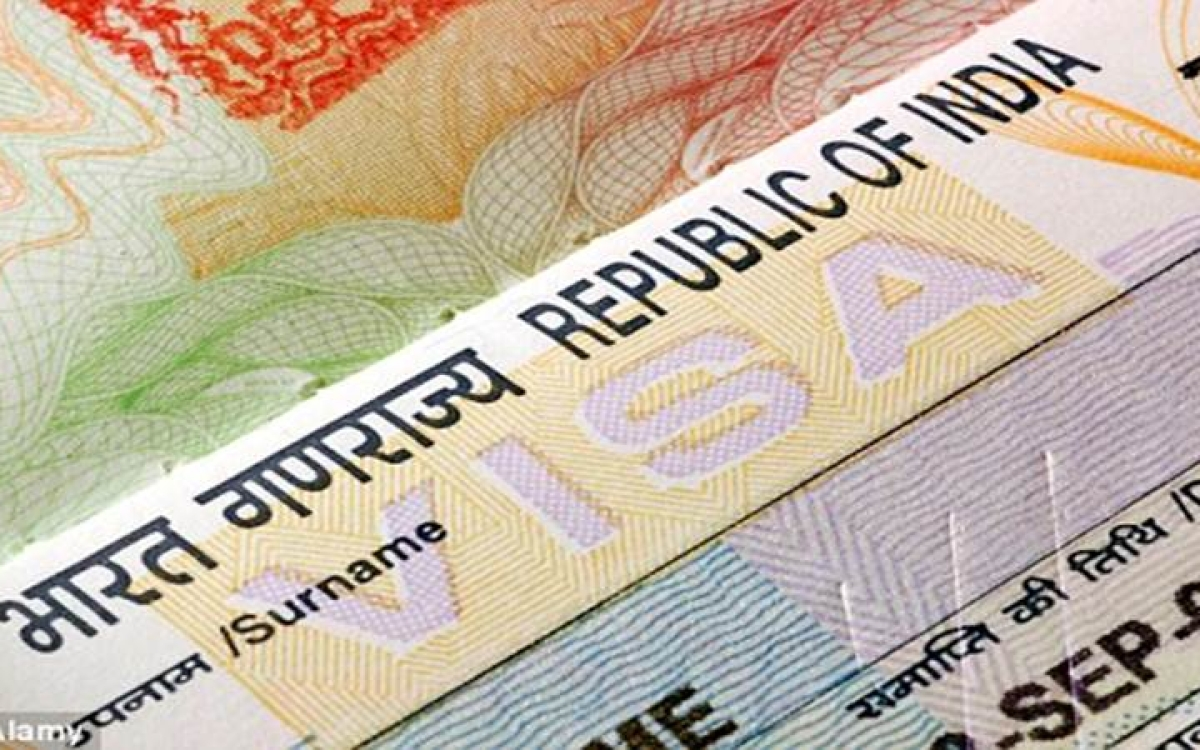Introduction
Outside Europe travelers whose dream are to explore the 27 nations that make the Schengen region needs to get the Schengen Visa for the hassle-free entry. It makes the process of border crossing between countries easier and eliminates the need for identity checks at each border and streamlines border crossings between these nations. Short-stay visas, which allow a stay of 90 days over the course of six months, are the most popular Schengen visas among other forms of visas.
This article provides a basic overview of the Schengen visa application procedure, including information on prices, necessary paperwork, kinds of visas, and crucial advice for a hassle-free trip through the Schengen Zone.
Understanding the Schengen Area
The Schengen Area is made up of 27 European countries that have decided to do away with border restrictions and establish free travel. By facilitating travel and business within the area, this agreement seeks to strengthen member state cooperation and relations. It includes important EU nations including the Netherlands, Germany, Italy, Spain, and France.
- Scandinavian nations participate actively as well.
- The United Kingdom and Ireland are two notable outliers.
- Some EU countries, such as Romania and Bulgaria, are determined to stay in the future.
Despite not being members of the EU, Switzerland, Iceland, and Norway all play important roles. It strengthens economic and social integration among member states by encouraging greater unity and harmony throughout Europe.
European Countries Outside the Schengen Area
-
Not Part of Schengen:
Some European countries, like Albania, Armenia, and Belarus, are not in the Schengen Zone. Others include Bosnia & Herzegovina, Bulgaria, and Croatia.
-
Microstates:
Tiny countries like Andorra, Monaco, and Vatican City are also not Schengen members, but they don’t have border controls, so they’re kind of part of the area.
-
Future Plans:
Romania, Bulgaria, Croatia, and Cyprus aren’t in the Schengen Zone yet, but they have to join the European Union eventually. That probably means they’ll join the Schengen Area too.
Who Requires a Schengen Visa?
To facilitate travel and entry into European countries, it’s essential to understand the visa requirements applicable to different nationalities.
-
Schengen Visa Required:
Most non-European citizens, especially from Africa, Russia, India, and China, need a Schengen visa to enter any of the Schengen member states.
-
Visa Waiver Agreement:
Some countries, like the United States, Canada, Mexico, Brazil, Australia, and Japan, have signed a visa waiver agreement with the European Union. Nationals of these countries don’t need a visa for visits up to 90 days.
-
List of Countries Requiring Schengen Visa:
Afghanistan, Algeria, Angola, Armenia, Azerbaijan, and many others require a Schengen visa for entry into Europe.
-
Exception for Residents:
Residents (but not yet citizens) of countries with visa waiver agreements may still need a Schengen visa if they are originally from countries that haven’t signed this agreement.
Types of Schengen Visas
Travelers seeking to enter European nations must be aware of the various Schengen visa categories.
-
Airport transit visas, or type A Schengen visas:
Travelers from non-Schengen nations are allowed to pass through an airport’s international area with this visa. It’s required for flights that link through Schengen airports between non-Schengen nations. However, entry into the Schengen nation is prohibited for anyone in possession of this visa.
-
Schengen Visa Type B:
The Type C visa with transit restrictions has mostly supplanted the Type B visa, which was initially intended for brief visits of less than five days.
-
Schengen Visa Type C (Short Stay Visa):
With this Schengen visa, which is the most popular kind, people can enter and exit the Schengen region without restriction for a maximum of 90 days within a 180-day period. This visa might be single-entry, double-entry, or multiple-entry depending on the reason for the trip.
-
Schengen Visa Type D (National Visa):
Important for anybody arranging extended stays (more than 90 days) in a Schengen nation, including up to a year of study, employment, or residency.
Reasons Requiring a Short-Stay Schengen Visa in Europe
You must apply for a Schengen Visa for any of the following reasons if you want to travel to one or more European nations that are part of the Schengen Area:
- Tourism and recreation
- Business trips
- Visiting friends or family
- Attending cultural and sporting events
- Airport and seafaring transit visits
- Official visits
- Medical treatment
- Short-term study
- Research purposes.
The Schengen consulate may grant you a 90-day single-entry, double-entry, or multiple-entry visa, depending on the reason for your stay and how often you travel. A multiple-entry Schengen Visa, which has a five-year maximum validity, is another option for frequent visitors. You are only permitted to spend a maximum of 90 days in the Schengen Area during each visit, regardless of the type of visa you have.
Where to Apply for a Schengen Visa:
To begin the Schengen visa application procedure, you must contact the consular officials of the Schengen nation you plan to visit. What you should know about the application process is as follows:
- Contact consular authorities of the Schengen country you plan to visit.
- If no embassy or consulate exists, submit your application to local representatives.
- Some applications are processed by authorized external service providers.
- Consider applying where you’ll spend the most time or visit first.
- Countries like Lithuania or Estonia may process visas faster due to fewer requests.
Top of Form
How to Apply for a Schengen Visa
The simple actions below will help to guarantee that your application for a Schengen visa is approved:
-
Fill out the Schengen Visa Application Form:
Accurately complete the online application form, then print it twice. Finally, sign the form. Give essential facts about your travel, passport details, name, and date of birth.
-
Make an Appointment:
Schedule an interview appointment through the website of the consulate or embassy of the Schengen country you plan to visit. This should be done in your country of residence.
-
Complete the Documents File:
Gather all required documents for the Schengen visa application, making sure to have two copies of each document. Organize them neatly to avoid confusion during your appointment. Remember, your passport will need to be submitted and should not be withdrawn during the processing period.
-
Show Up at the Appointment:
Get to the appointment location on time. Your appointment could be canceled if there is even a little delay. It usually takes ten minutes to complete the submission procedure.
-
Provide Biometrics:
If you have never applied for a visa to Europe before, you’ll need to have your fingerprints scanned at the consulate’s office. If you have applied previously, this step may not be necessary.
-
Verify the Details:
After your application is verified, ensure that all details on the printed form are correct. Take a moment to review and sign the form before proceeding.
-
Accompany Underage Applicants:
If the applicant is underage, they must be accompanied by their mother, father, or legal guardian.
-
Pay the Fees:
The Schengen visa application fee for adults is €80. For children aged 6 to 12, the fee is €45. Upon payment, you will receive a receipt, which should be retained for collecting your processed application.
Required Documents for Schengen Visa Application
A Schengen visa application needs to be meticulously prepared. The following is a complete list of the required paperwork you will need to gather:
- Signed and completed application form for a Schengen visa.
- Two recent passport-sized photos
- Copy of passport (issued within the last 10 years, valid for at least 3 months beyond visa expiration)
- Trip Explanation Letter detailing purpose and itinerary.
- Confirmation of return ticket reservation
- Proof of accommodation arrangements in the Schengen Area
- Documentation demonstrating financial means to cover expenses.
- Mandatory travel insurance certificate meeting Schengen requirements
Additional Documents Required at the Schengen Port of Entry:
At the port of entry, you must provide the following papers in addition to your passport bearing the visa sticker to enter the Schengen Area:
- Passport with valid Schengen visa
- Proof of travel insurance meeting Schengen requirements
- Documentation demonstrating financial means to cover expenses.
- Confirmation of accommodation arrangements in the Schengen Area
Schengen Visa Costs, Application Timing, and Insurance Requirements
Since February 3rd, 2020, there have been adjustments to the fees for a type C Schengen visa:
Schengen Visa Fees
- Schengen Visa (Type C): €80 (around $90)
- Children aged 6 to 12: €40 (approximately $45)
- Children under age 6: Free of charge
Application Timing:
- Earliest: 3 to 6 months before your trip
- Latest: Up to 15 calendar days prior to departure
Schengen Insurance Requirements:
- Coverage throughout the entire Schengen Area
- Includes accidents, illnesses, emergency treatments, and repatriation in case of death.
- Minimum coverage of €30,000 (about $35,000)
Conclusion
This guide gives visitors the knowledge they need to properly apply for a Schengen visa. Understanding the various visa categories, necessary paperwork, and application procedures can help you approach the process with assurance and effectiveness. Armed with this knowledge, you’ll be ready to start your European journey.
Looking for Visa Services? Feel free to contact us!







